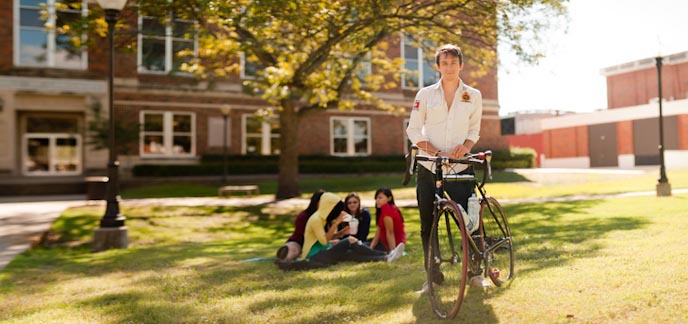Curt Carlson

I am an assistant professor trained at the University of Oklahoma. My approach to research involves taking methods, empirical findings, and theoretical perspectives from the basic research literature and using them to answer significant applied problems. Specifically, I conduct research within cognitive psychology in the domain of memory. My focus is on the dual influences of recognition memory: recollection and familiarity. I am especially interested in the impact distinctive processing has on these processes in the domain of eyewitness identification. Within the eyewitness identification domain, an important issue involves the type of lineup, a key system variable (Wells, 1978) that the criminal justice system can manipulate. Is conducting lineups in a sequential manner superior to the more traditional simultaneous lineup? The sequential lineup (present lineup members one at a time) is currently replacing the simultaneous lineup in states such as Georgia, Texas, New Mexico, West Virginia, and Vermont (Jonsson, 2007). Although sequential lineups appear to reduce the false identification rate without lowering the correct identification rate, there is some disagreement in the literature concerning the veracity of this claim. My research suggests that it may be premature to advocate that the sequential lineup is better than the simultaneous lineup. According to our data, if the lineup is constructed fairly (all lineup members match the description of the perpetrator), neither lineup has an advantage. These findings lay the groundwork for future theoretical development in identifying the memory processes at work for each kind of lineup. The importance of theory in this area is echoed by McQuiston-Surrett, Malpass, & Tredoux (2006): “…without an adequate account of why sequential lineups should differ from simultaneous lineups, our research cannot move beyond a verificationist epistemology to the hypothetico-deductive standard of empirical sciences” (p. 164). In addition to manipulation of lineup presentation, I am also interested in distinctiveness effects, both involving the perpetrator and innocent foils selected to be in the lineup with the suspect.
Email: curt.carlson@tamuc.edu
Representative Publications:
Carlson, C. A., Gronlund, S. D., & Clark, S. E. (2008). Lineup composition, suspect position, and the sequential lineup advantage. Journal of Experimental Psychology: Applied, 14, 118-128.
Gronlund, S. D., Carlson, C. A., Dailey, S. B., & Goodsell, C. A. (2009). Robustness of the sequential lineup advantage. Journal of Experimental Psychology: Applied, 15, 140-152.




